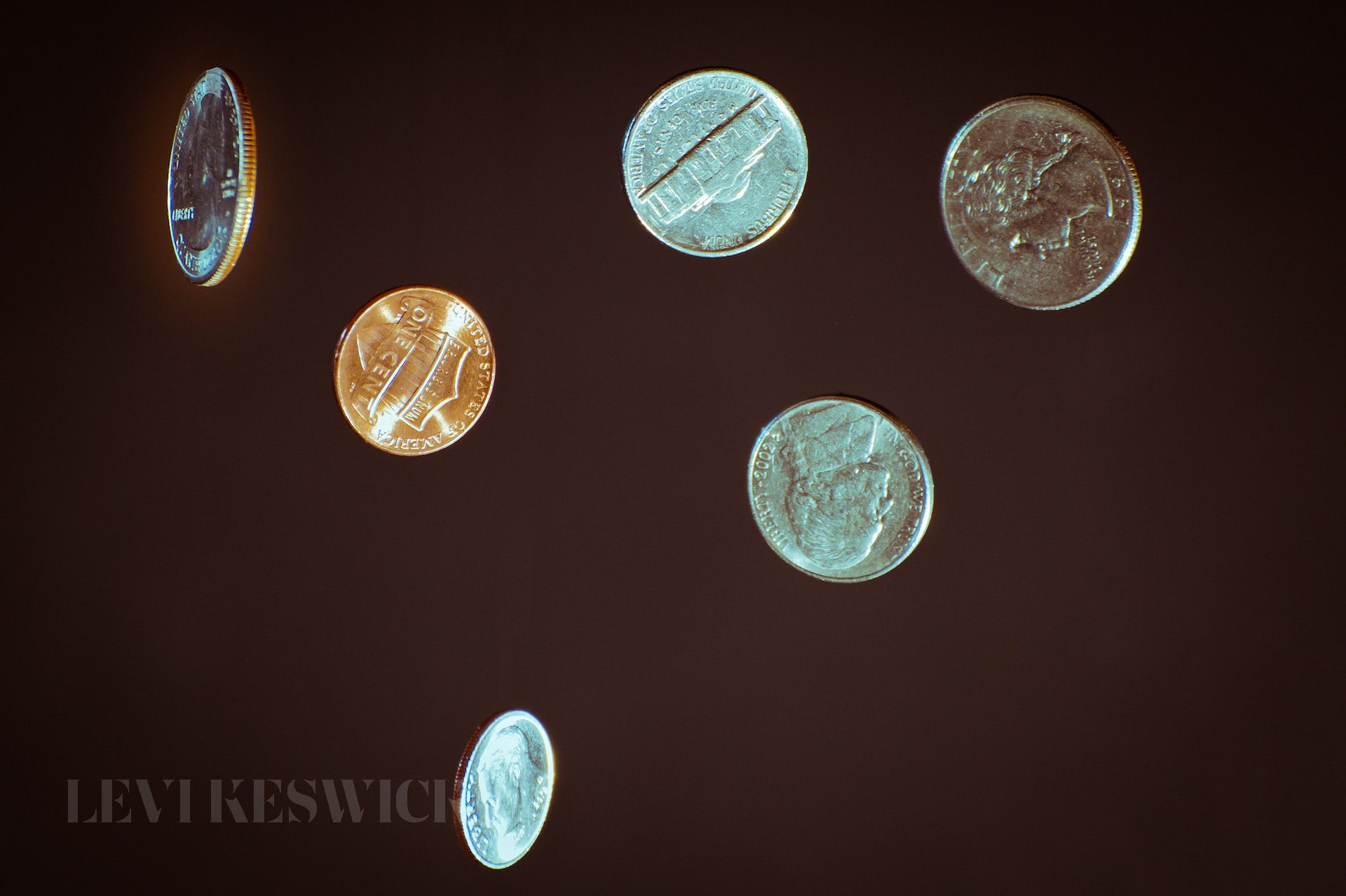Key takeaways:
- The 1969 Jefferson nickel is composed of 75% copper and 25% nickel and was designed by Felix Schlag to honor Thomas Jefferson, the third US president and Founding Father.
- The obverse of the coin features a bust of Jefferson and the inscriptions “IN GOD WE TRUST,” “LIBERTY,” and the year “1969.”
- The reverse showcases an image of Monticello, Jefferson’s mansion, along with the inscriptions “E. Pluribus Unum,” “MONTICELLO,” “FIVE CENTS,” and “UNITED STATES OF AMERICA.”
- Varieties of the 1969 Jefferson nickel include those with no mint mark, the “D” mint mark indicating production in Denver, the “P” mint mark for Philadelphia (although not officially produced in 1969), and the “S” mint mark for San Francisco.
- Minting errors can occur, such as incorrect mint marks, double punched letters and numbers, weak strikes, cracks, and other anomalies.
- The 1969 Jefferson nickel is commonly found in circulation and holds a face value of 5 cents, but certain high-grade certified coins can be worth up to $19 or more.
Introduction: The Legacy of the 1969 Jefferson Nickel
The 1969 Jefferson nickel holds a special place in the hearts of coin collectors and enthusiasts. Its design, composition, and various minting variations make it a fascinating piece of numismatic history. In this article, we delve into the details of the 1969 Jefferson nickel, exploring its composition, varieties, mint marks, and value. Let’s embark on a journey to uncover the secrets of this remarkable coin.
Understanding the Composition: What Makes Up the 1969 Jefferson Nickel
The 1969 Jefferson nickel is made of a combination of metals: 75% copper and 25% nickel. This alloy creates a durable and long-lasting coin that has stood the test of time. Designed by Felix Schlag, the coin features a distinctive obverse and reverse design that pays homage to the legacy of Thomas Jefferson.
The Iconic Design: Unveiling the Obverse and Reverse
On the obverse of the 1969 Jefferson nickel, a bust of Thomas Jefferson takes center stage. This rendition of Jefferson’s likeness, believed to resemble the sculpture by Jean-Antoine Houdon from 1789, remained unchanged throughout the 66 years of the coin’s production. The obverse also includes the inscriptions “IN GOD WE TRUST,” “LIBERTY,” and the year “1969.”
As for the reverse, Schlag initially proposed a three-quarters perspective of Monticello, Jefferson’s mansion. However, the Treasury Department rejected this design. Eventually, a simpler and flatter representation of Monticello became the final reverse design. Additional inscriptions on the reverse include “E. Pluribus Unum,” “MONTICELLO,” “FIVE CENTS,” and “UNITED STATES OF AMERICA.”
Exploring Varieties and Mint Marks
The 1969 Jefferson nickel exhibits various varieties and mint marks, adding to its allure and collectability. Let’s take a closer look at some of these distinctions:
- 1969 Nickel With No Mint Mark: This nickel coin lacks any indication of where it was minted. Although commonly assumed to be struck in Philadelphia, it is possible that this is either an error or an instance where the mint mark was not added correctly.
- 1969 D Nickel: The “D” mint mark signifies that the coin was minted in Denver. With over 202 million coins produced, the 1969 D Nickel is relatively common. It shares the same characteristics as other nickels with minor variations.
- 1969 P Nickel: Technically, there is no 1969 P nickel since no Jefferson nickels were officially produced in Philadelphia that year. However, during World War II (1942-1945), when nickel was crucial for weapon production, a nickel alloy containing 35% silver was used. Consequently, if you encounter a Jefferson nickel with a “P” mint mark, it is considered a wartime nickel, minted in Philadelphia.
- 1969 S Nickel: The “S” mint mark denotes that the coin was minted in San Francisco. While not as abundant as the Denver-minted nickels, the 1969 S Nickel can still be found with some frequency.
Unearthing Minting Errors and Anomalies
Like any other minted coin, the 1969 Jefferson nickel has its fair share of minting errors and anomalies. These can include misaligned or double punched mint marks, weak strikes resulting in blurred details, cracks, and other peculiarities. Minting errors add a layer of intrigue to the coin’s story and can make certain variations highly sought after by collectors.
Determining the Value of a 1969 Jefferson Nickel
In general, the 1969 Jefferson nickel holds a face value of 5 cents, but its numismatic value can vary depending on factors such as condition, rarity, and demand among collectors. In average circulated condition, the coin’s value remains close to its face value. However, if the coin is certified as being in a higher Mint State (MS+) grade, its value can increase significantly, reaching up to $19 or more.
It is essential to note that there are extremely rare variations of Jefferson nickels from different years that can be worth hundreds of dollars. Collectors and enthusiasts should consult reputable coin guides and experts to accurately assess the value of specific 1969 Jefferson nickel varieties.
In Conclusion: Unveiling the Mysteries of the 1969 Jefferson Nickel
The 1969 Jefferson nickel is a coin imbued with history, artistry, and numismatic allure. Its composition, designs, mint marks, and variations make it a captivating piece for collectors and enthusiasts alike. While the majority of 1969 Jefferson nickels can be found in circulation and hold their face value, rare and high-grade certified coins can command substantial premiums. The thrill of uncovering a minting error or discovering a unique variation adds to the excitement of collecting these remarkable coins. As you delve into the world of numismatics, keep an eye out for the intriguing stories and hidden treasures that coins like the 1969 Jefferson nickel hold.








